In the modern digital landscape, an SSL/TLS certificate is not merely a technical option; it is a foundational pillar of website credibility, security, and search engine optimization (SEO). It provides the encrypted connection, symbolized by the padlock icon in the browser address bar, that users have come to expect as a standard for any reputable online presence. Websites lacking this fundamental security are flagged by browsers as “Not Secure,” a digital scarlet letter that can instantly erode user trust and deter engagement. For any business operating online, a valid SSL certificate is as essential as a front door with a lock.
Let’s Encrypt has revolutionized web security by providing free, automated, and open SSL/TLS certificates. Its mission to create a more secure and privacy-respecting web has been a resounding success, with billions of certificates issued. However, the core tenet of the Let’s Encrypt model is its reliance on short-lived certificates with a 90-day validity period. This approach enhances security by encouraging automation and limiting the potential damage from a compromised key.

This article serves as a detailed guide to the essential tools for monitoring your Let’s Encrypt SSL certificate expiration. We will explore the common points of failure in automated renewals and provide a comprehensive review of various tools—from simple scripts to sophisticated SaaS platforms—that can provide the critical safety net of an expiration reminder, ensuring your website remains secure, trusted, and continuously available.
The Critical Importance of SSL and the Let’s Encrypt Paradigm
Before delving into the monitoring tools, it is crucial to understand why a valid SSL certificate is so vital and the unique nature of Let’s Encrypt’s approach.
An SSL/TLS (Secure Sockets Layer/Transport Layer Security) certificate serves two primary functions:
- Encryption: It encrypts the data exchanged between a user’s browser and your web server, protecting sensitive information like login credentials, personal data, and payment details from eavesdroppers.
- Authentication: It verifies that the server the user is connecting to is genuinely the server it claims to be, preventing man-in-the-middle attacks.
SEO Implications of an Expired Certificate
From an SEO perspective, an expired SSL certificate is a catastrophic event. Here is a breakdown of the immediate consequences:
- Browser Warnings: Every major browser will display a prominent security warning, actively blocking users from accessing your site. This leads to a 100% bounce rate for all visitors who encounter it.
- Loss of User Trust: Even if a user bypasses the warning, their trust in your brand is immediately compromised. This can have long-lasting effects on conversion rates and brand loyalty.
- Search Engine De-indexing: When search engine crawlers encounter these security errors, they cannot access your content. Prolonged inaccessibility will lead to your pages being dropped from the search index, effectively making your website invisible on search engines.
- Loss of Rankings: HTTPS has been a positive ranking signal for Google since 2014. An inaccessible or insecure site will see its hard-earned rankings plummet.
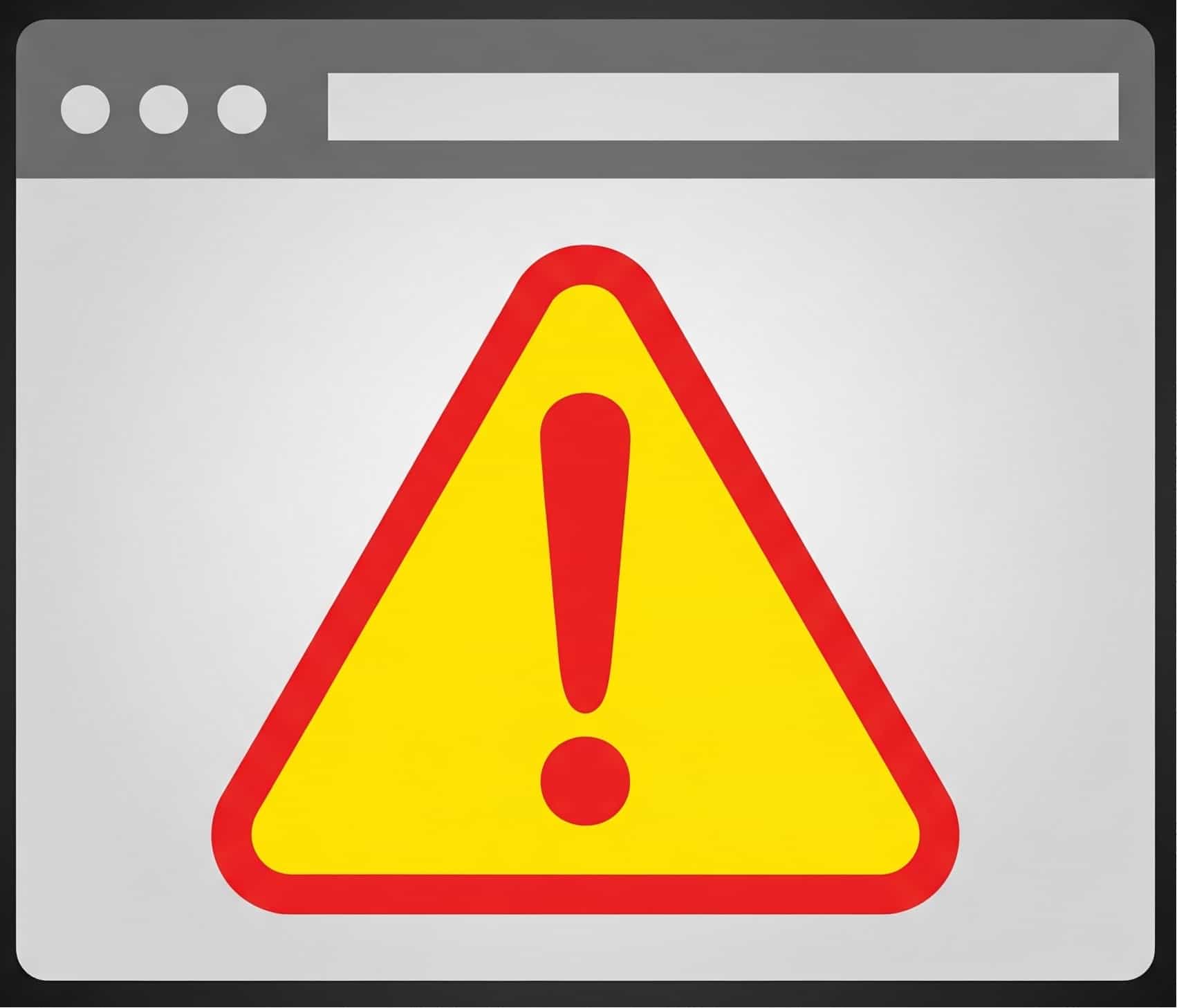
The 90-Day Let’s Encrypt Lifecycle
Let’s Encrypt intentionally issues certificates that are only valid for 90 days. The rationale is to promote robust automation. When renewals must happen frequently, system administrators are forced to automate the process, which is more reliable in the long run than manual renewals. This also limits the window of opportunity for an attacker to exploit a compromised certificate key.
The standard renewal process is handled by an ACME client, the most popular of which is Certbot. Typically, a system administrator will install Certbot, use it to obtain the initial certificate, and set up a scheduled task (like a cron job on Linux) to run a renewal check automatically twice a day. If the certificate is within its 30-day renewal window, Certbot will automatically renew it and reload the web server to apply the new certificate.
Why Automated Renewals Are Not Foolproof
While the automated process works flawlessly most of the time, its silent nature is also its greatest weakness. When it fails, it often does so without any immediate notification. Here are common reasons for a silent renewal failure:
- DNS or Firewall Changes: Let’s Encrypt must verify that you control the domain. If a firewall rule is added that blocks the validation request, or a DNS record is changed, the renewal will fail.
- Outdated ACME Clients: The ACME protocol can evolve. An older client may no longer be compatible with Let’s Encrypt’s servers.
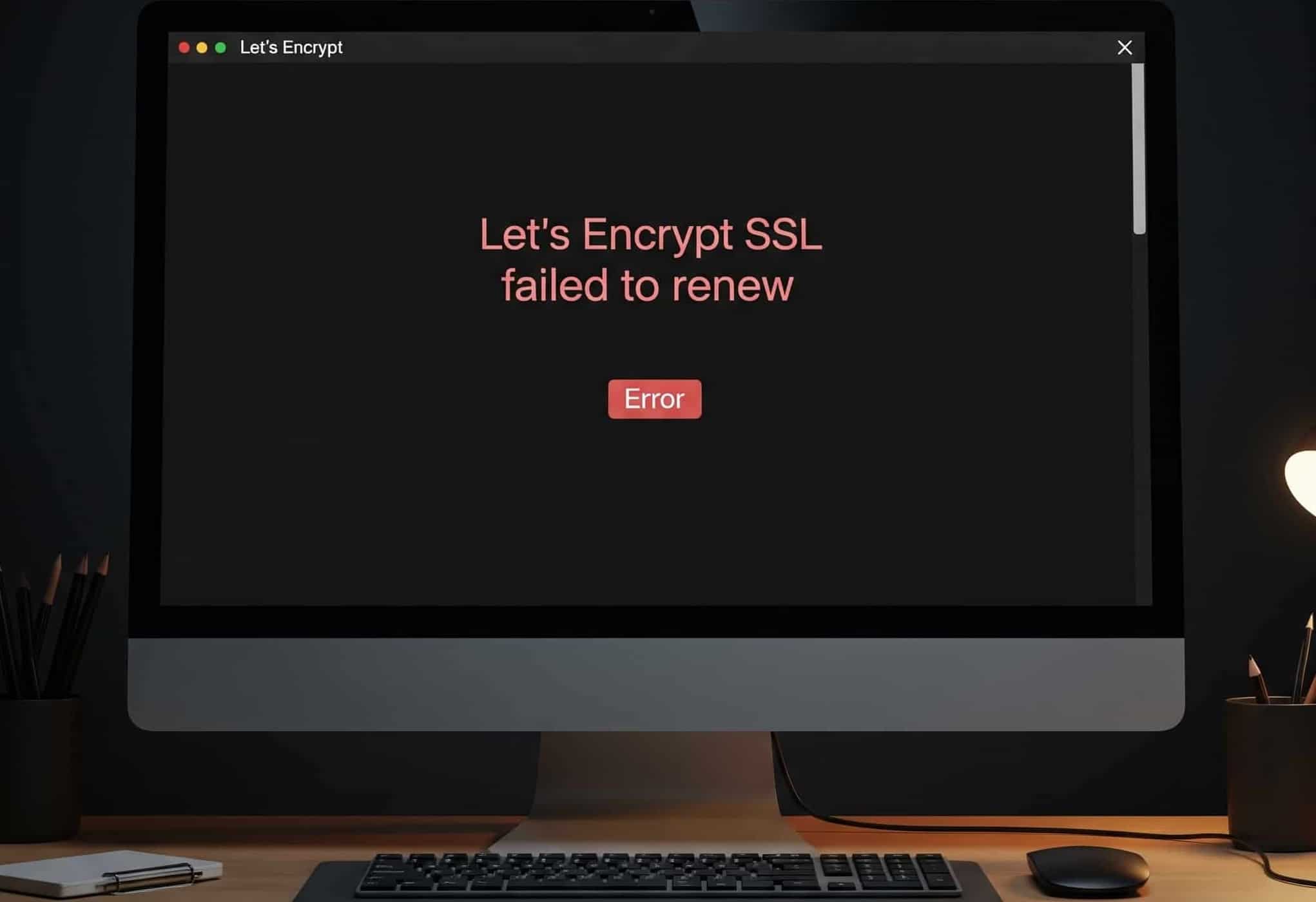
- Cron Job or Scheduled Task Failures: The scheduled task that triggers the renewal check could be accidentally deleted, disabled, or misconfigured.
- Server Permission Issues: The ACME client may lose the necessary permissions to write the new certificate files or reload the web server.
- Let’s Encrypt Rate Limits: If you are managing many subdomains or have failing validation attempts, you may hit Let’s Encrypt’s rate limits, preventing a successful renewal.
Because any of these issues can occur without your knowledge, relying solely on the ACME client for both renewal and notification is a high-risk strategy. An independent, external monitoring system is essential.
Categories of SSL Monitoring Tools
Monitoring solutions can be grouped into four main categories, each suiting different needs and technical expertise levels.
- Integrated ACME Client Notifications: The first, most basic layer of defense. This involves configuring the renewal client itself to send an alert.
- External, Dedicated SSL Monitoring Services (SaaS): The most popular and user-friendly approach. These are third-party services that check your certificate’s validity from the outside.
- Open-Source and Self-Hosted Solutions: For users who prefer to have full control over their monitoring infrastructure. This requires more technical setup.
Detailed Review of Recommended Tools
Here we examine specific tools that we recommend it for you:
1. Uptime Robot
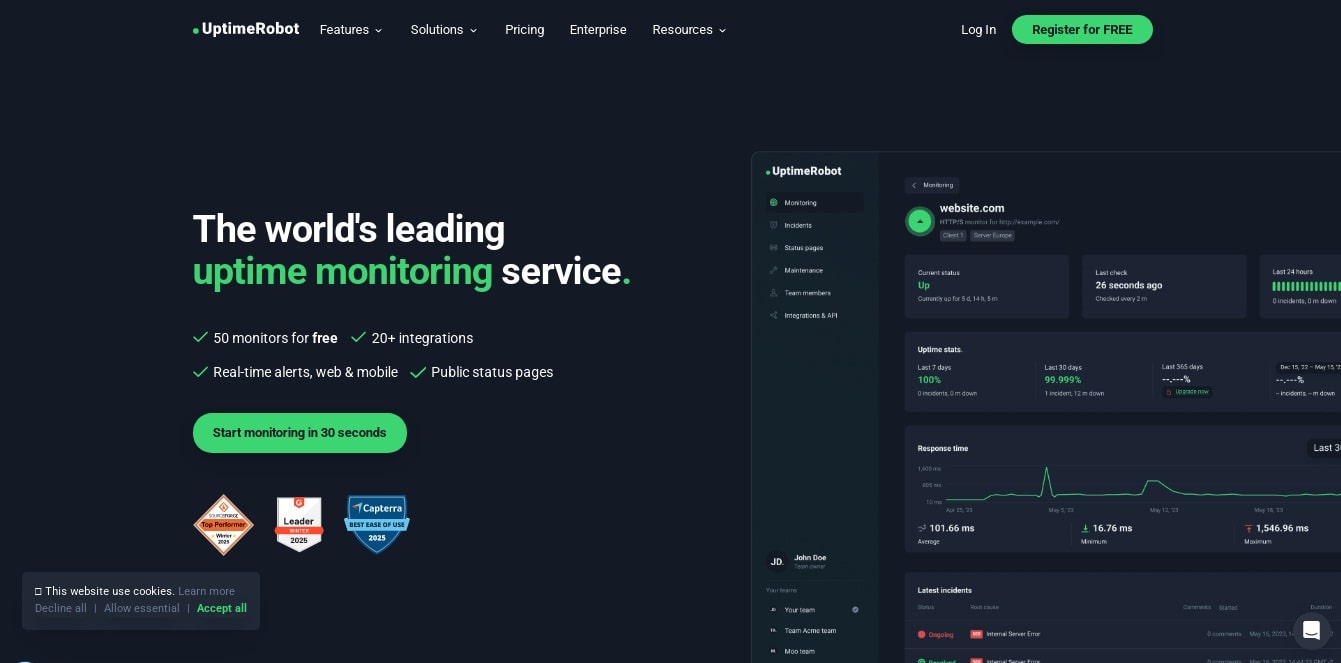
UptimeRobot is a well-known website monitoring service that offers SSL expiration monitoring as part of its feature set. UptimeRobot’s servers will periodically check your site’s SSL certificate from multiple locations around the world. It tracks the expiration date and sends you a notification when it is within a pre-configured window (e.g., 30, 14, or 7 days before expiry).
2. StatusCake
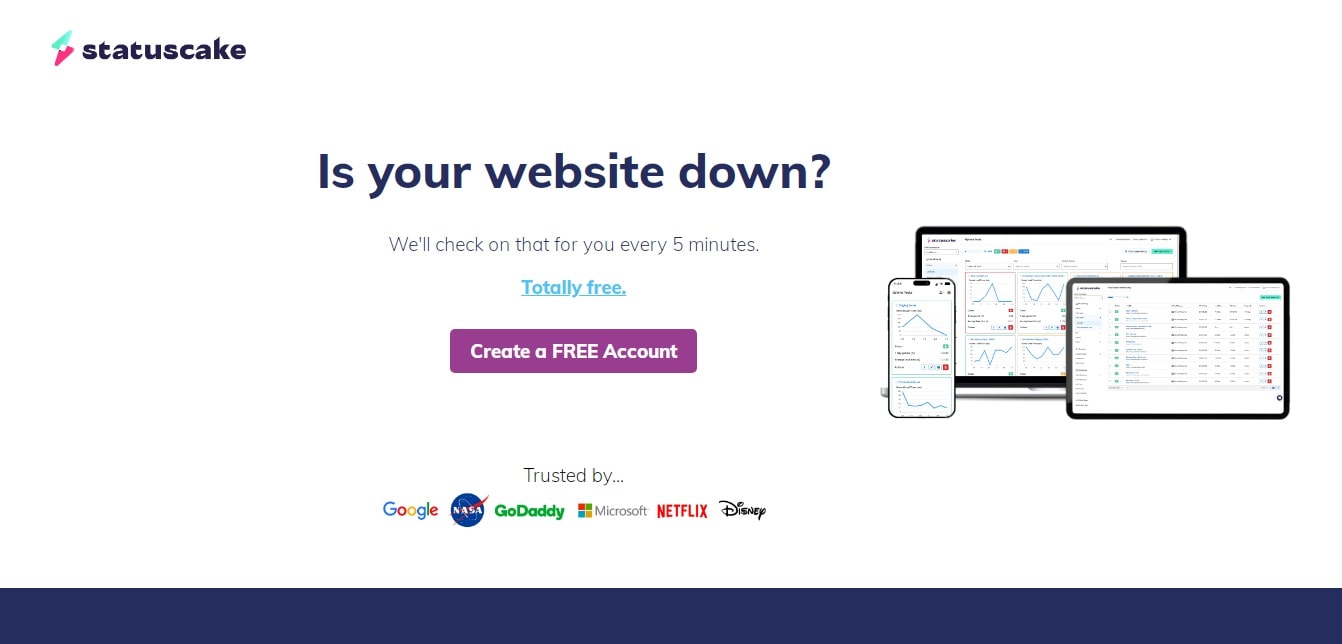
StatusCake is another popular and powerful monitoring platform that offers a similar feature set to UptimeRobot. Similar to UptimeRobot, you add your domain, and StatusCake monitors its SSL certificate expiration, along with other metrics like page speed and uptime. It come with comprehensive feature set, user-friendly interface, provides more detailed performance reports than some competitors
3. Better Uptime
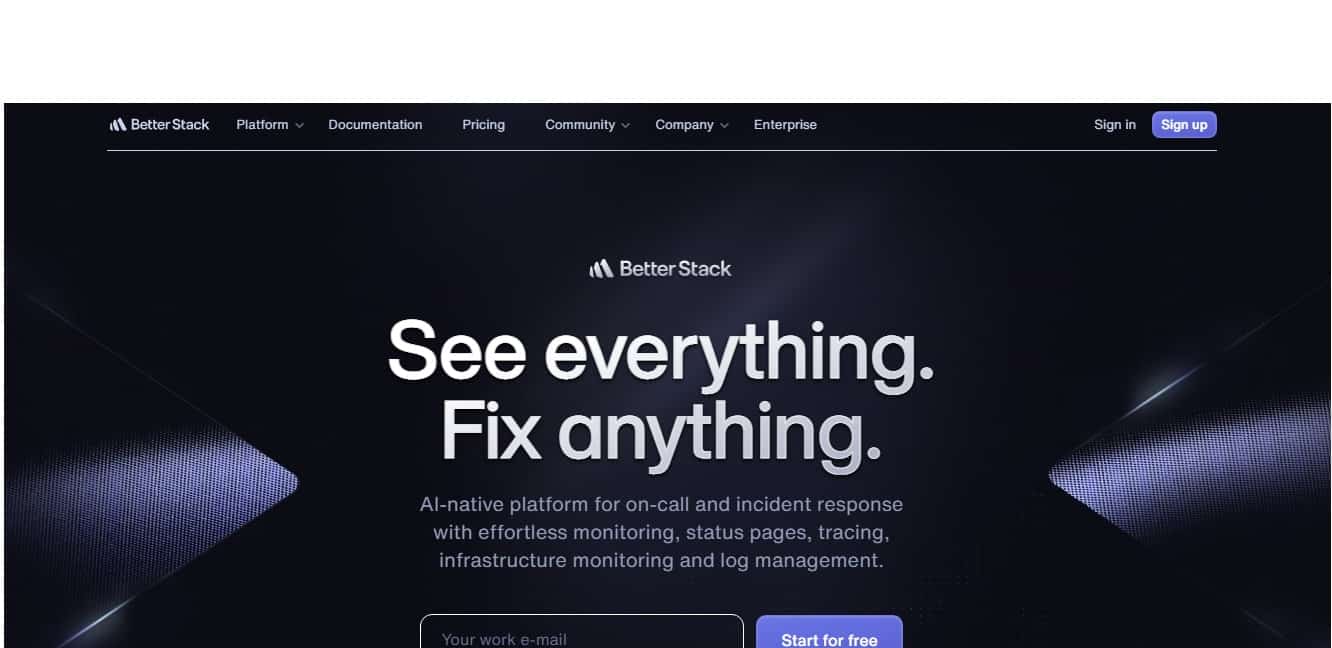
Better Uptime is a more modern incident management and status page platform that includes robust monitoring as a core feature. Better Uptime automatically includes SSL expiration checks. Its main strength is in how it handles alerts, allowing for on-call scheduling, incident reports, and the creation of public status pages. Teams and businesses that want to combine SSL monitoring with a more formal incident response and communication workflow.
4. Datadog SSL Monitoring
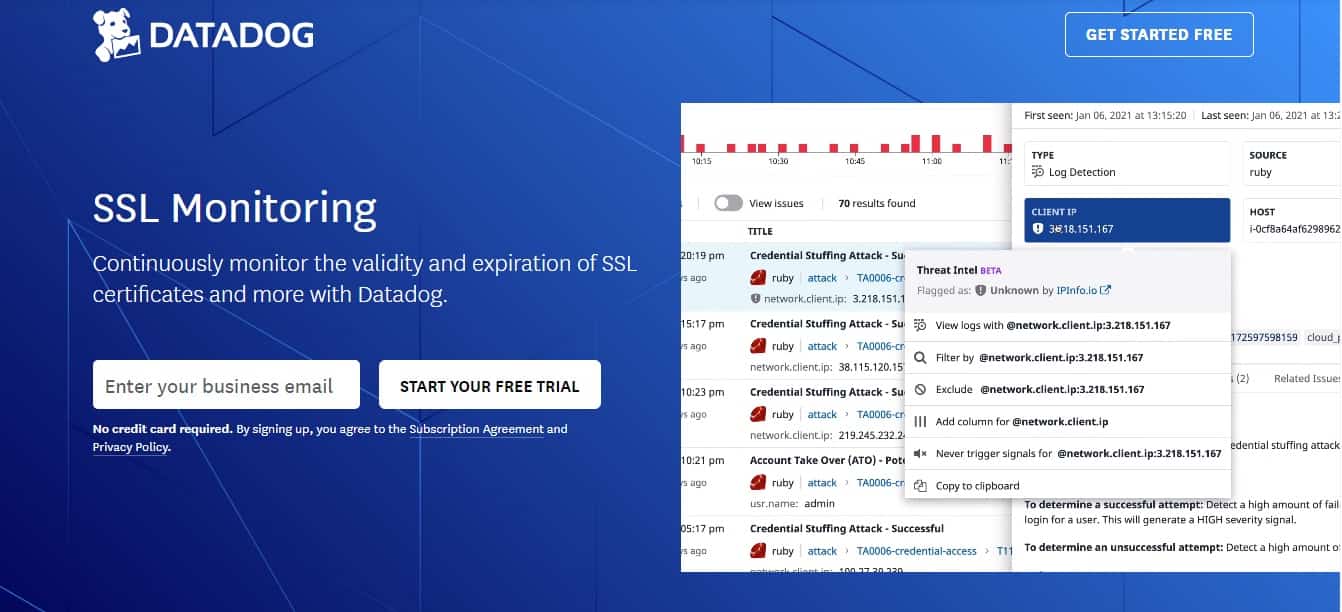
Datadog provides a comprehensive suite of API tests so that you can not only monitor the health and performance of HTTP requests and DNS records, but also ping service endpoints to detect connectivity and network issues, test TCP connections to service ports, and verify server certificates. Datadog also enables you to chain HTTP requests using multistep API tests, so you can easily monitor critical API workflows from end to end.
5. TrackSSL
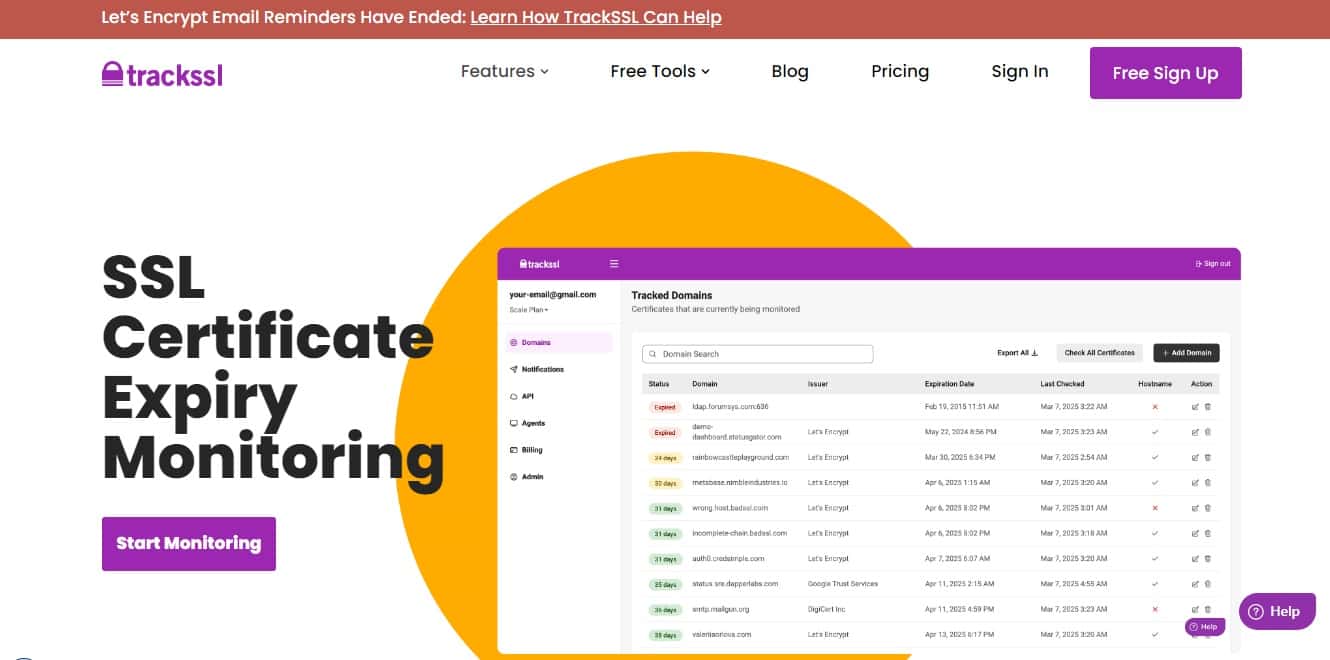
TrackSSL is a service that allows you to monitor your website, ensuring you don’t get into the embarrassing position of rushing to renew an expired SSL certificate. Integration your notifications into Slack to ensure no-one on your team misses out.
Conclusion
The automation offered by Let’s Encrypt and ACME clients like Certbot is a remarkable advancement for web security. However, treating this automation as a “fire and forget” solution is a significant risk. The consequences of a failed renewal—downtime, loss of trust, and severe SEO penalties—are too great to ignore.
A robust monitoring strategy is not an optional extra; it is a mandatory component of professional website management. By implementing an independent, external check on your SSL certificate’s validity, you create a crucial safety net. Do not wait for your users to tell you your site is down; implement one of these monitoring strategies today and ensure your website’s security and availability are never left to chance.

Javier is Content Specialist and also .NET developer. He writes helpful guides and articles, assist with other marketing and .NET community work



